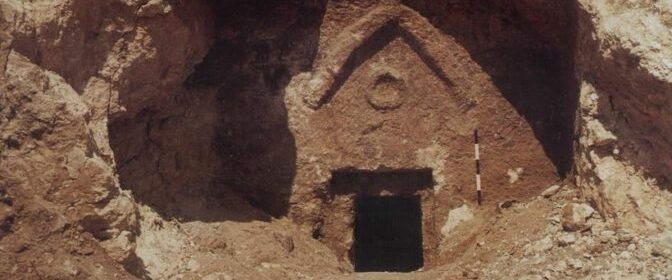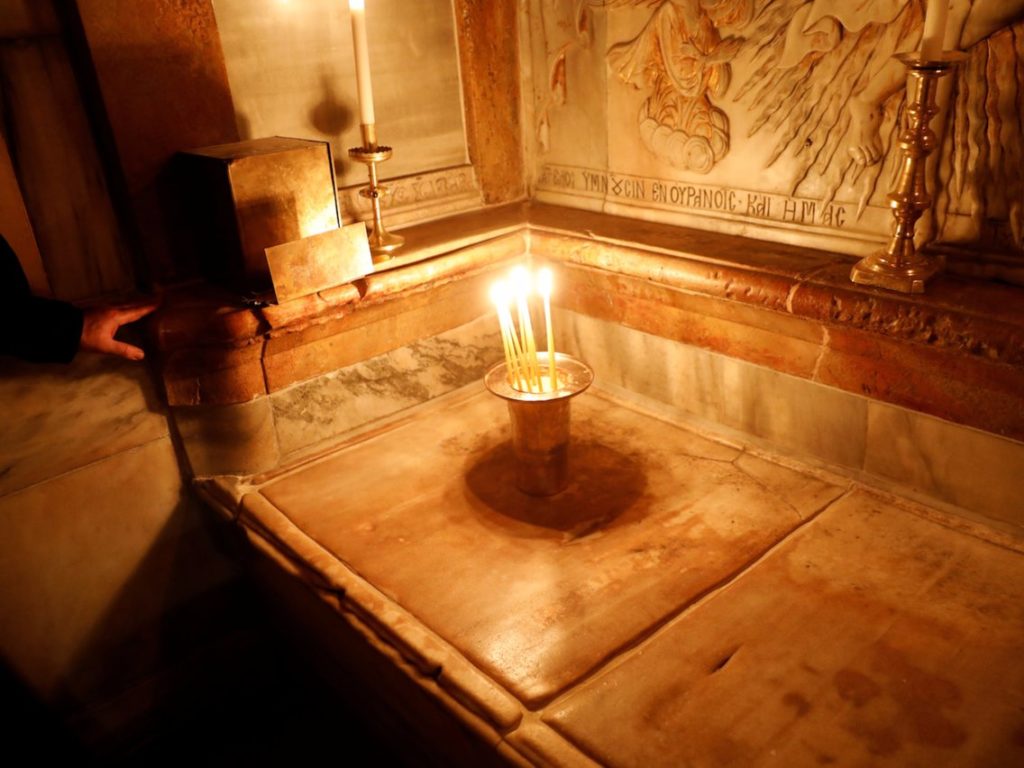Scientists have found that the tomb of Jesus Christ is far older than people thought

Scientists have found that the tomb of Jesus Christ is far older than people thought

Scientific studies indicate that a tomb that, according to legend, held Jesus Christ’s body dates back nearly 1,700 years.
It is unknown whether the tomb ever really kept Jesus ‘ body. The limestone bed dates back to nearly 300 years after Jesus ‘ death. In addition, several other sites claim to hold the “tomb of Jesus.”
Jesus ‘ tomb is covered by a shrine (sometimes called the Edicule) in Jerusalem’s Holy Sepulcher Church.
According to legend, Helena, the mother of Roman emperor Constantine the Great (reign ca. 306-337), discovered the tomb around the year 327.
Constantine legalized Christianity throughout the Roman Empire and supposedly converted to Christianity before he died.
The legend says the Romans protected the tomb of Jesus by building a shrine over it as well as a church.
This church has been destroyed, renovated and rebuilt several times over the past 1,700 years.
Today, the shrine that covers the tomb is in poor shape and is in danger of collapse. To help save it, a team that includes scientists supported by the National Geographic Society has been conducting conservation work in the shrine and its tomb.
During this work, the archaeologists opened the tomb of Jesus for the first time in centuries — it has been sealed with marble slabs since at least A.D. 1555 to prevent damage from visitors — and excavated the tomb.
They found the remains of what appears to be a limestone bed that, as legend says, may have held the body of Jesus.
Tests using a technique called optically stimulated luminescence (OSL) of mortar from the limestone bed revealed when the quartz within the masonry was last exposed to light.

The results showed that the bed was constructed around A.D. 345, during or shortly after the reign of Constantine the Great. The test results were released by the National Geographic Society.
“Obviously, that date is spot-on for whatever Constantine did,” archaeologist Martin Biddle, who has studied the tomb extensively, told National Geographic.
Today, the Church of the Holy Sepulchre is a site of pilgrimage for Christians.
A study reporting the test results will be published in an upcoming issue of the Journal of Archaeological Science: Reports. When the conservation work is complete, scientists hope that the marble cladding that hid the tomb will be replaced with a material that will allow visitors to see inside the tomb.